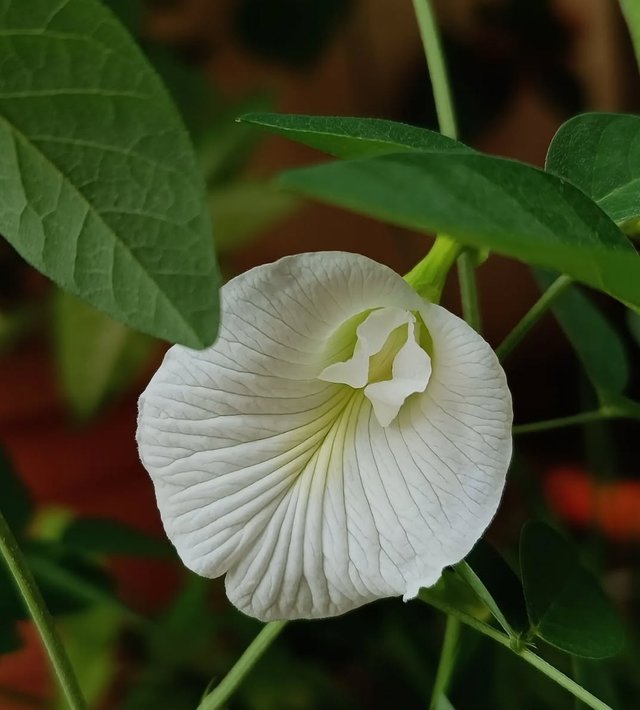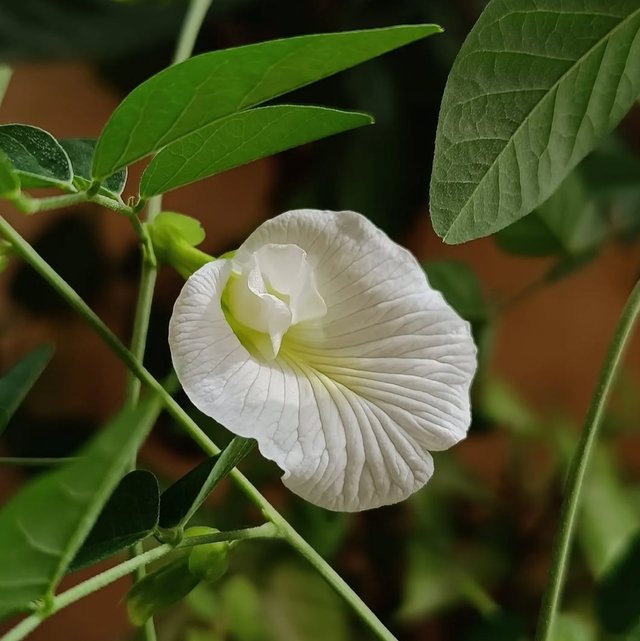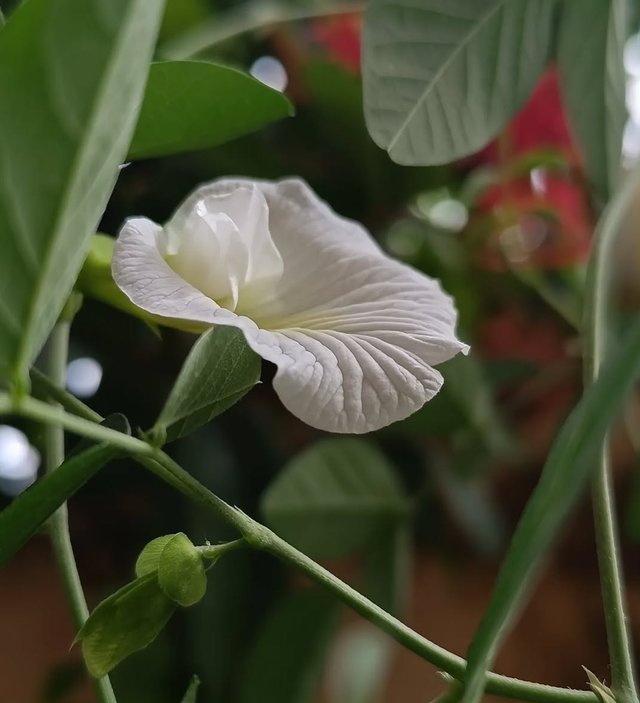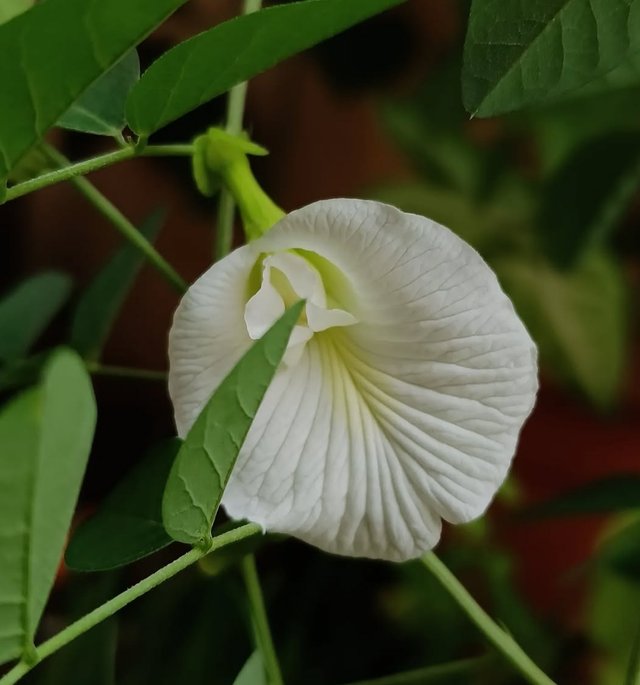So Beautiful Asian Pigeonwings Flower
Asian Pigeonwings: A Vibrant Bloom with Cultural, Medicinal, and Ecological Significance
Asian Pigeonwings, scientifically known as Clitoria ternatea, is a stunning and enchanting flowering plant that has fascinated botanists, gardeners, traditional healers, and nature lovers across the globe. Also referred to as Butterfly Pea, Blue Pea, or Aparajita, this fast-growing perennial climber is native to tropical Asia but has now made its mark across many warm regions of the world. With its vibrant blue, violet, or white flowers shaped like a butterfly, the Asian Pigeonwings is both a visual delight and a botanical wonder.
Botanical Profile
Scientific name: Clitoria ternatea
Family: Fabaceae
Common names: Butterfly Pea, Blue Pea, Asian Pigeonwings, Aparajita, Shankhpushpi
Native range: Tropical Asia
Growth habit: Herbaceous, twining vine
Flower colors: Typically deep blue with a yellow or white throat, though white and mauve variants exist
Bloom time: Year-round in tropical climates; seasonal in temperate areas
Physical Characteristics
Asian Pigeonwings is a slender-stemmed vine that climbs with the help of tendrils, making it a popular choice for trellises, fences, and arbors. Its compound leaves consist of 5 to 7 leaflets. The flowers are its most striking feature—single, large, and usually blue with a yellowish or white center, resembling a butterfly in flight. The plant also produces slender, flat pods filled with small brown seeds.
Cultural and Symbolic Importance
In many South and Southeast Asian cultures, the Butterfly Pea holds sacred and symbolic value:
Hindu rituals: In India and Nepal, the flower is often offered to the goddess Durga and is associated with victory, purity, and protection.
Symbolism: The name "Aparajita" means “the undefeated one,” symbolizing strength and resilience.
Traditional ceremonies: The flowers are used in religious ceremonies, weddings, and festivals as natural decorations and offerings.
Medicinal Uses and Health Benefits
Butterfly Pea has been a staple in traditional Ayurvedic and Chinese medicine for centuries. Nearly every part of the plant—flowers, roots, and leaves—has therapeutic potential.
Thanks For Reading
Device Information
| Device | cannon eos 700D |
|---|---|
| Lens | 55-250 zoom leans |
| Location | Bangladesh |




